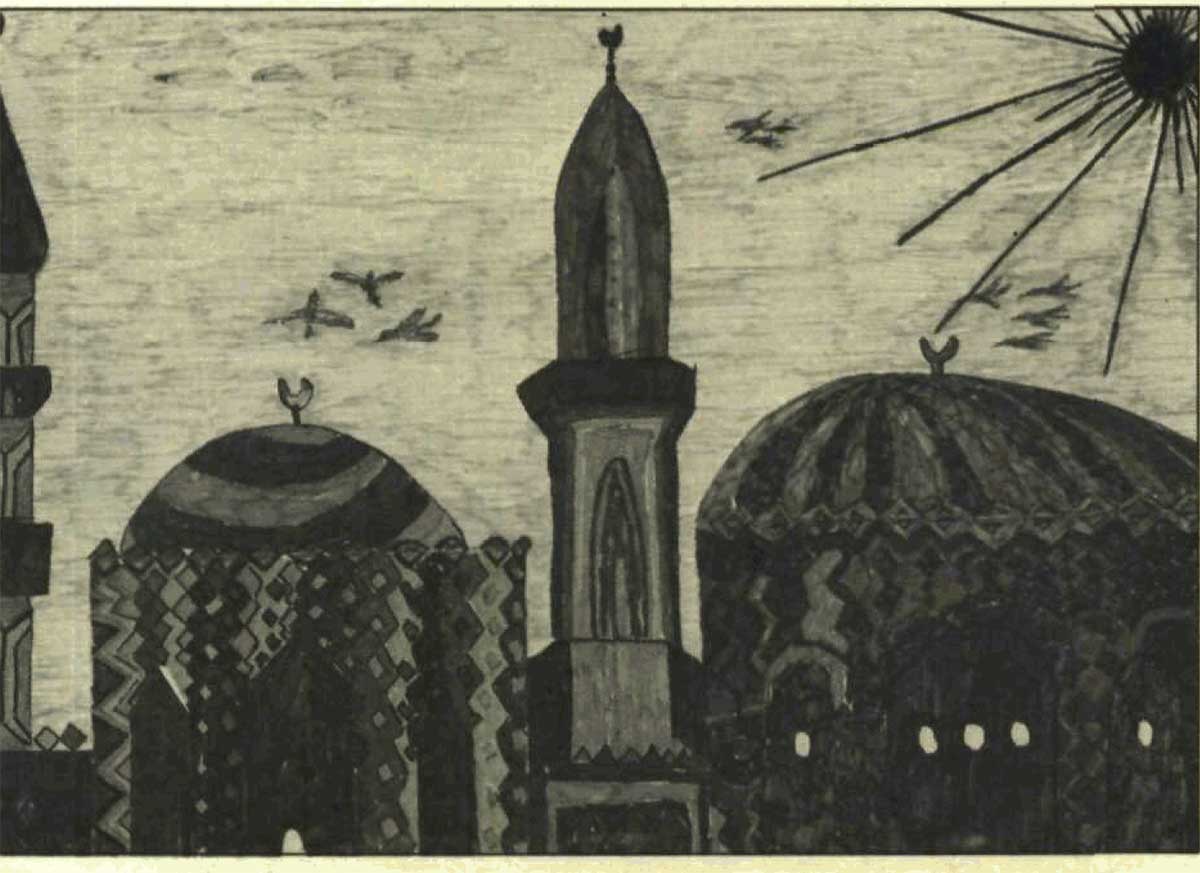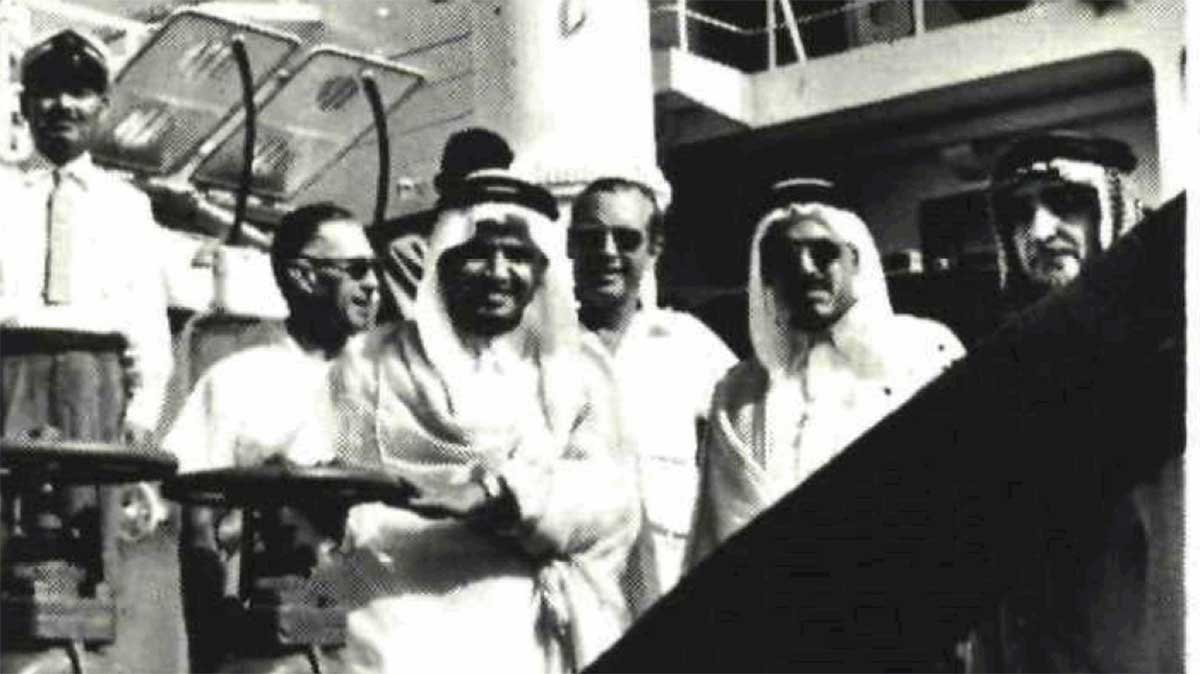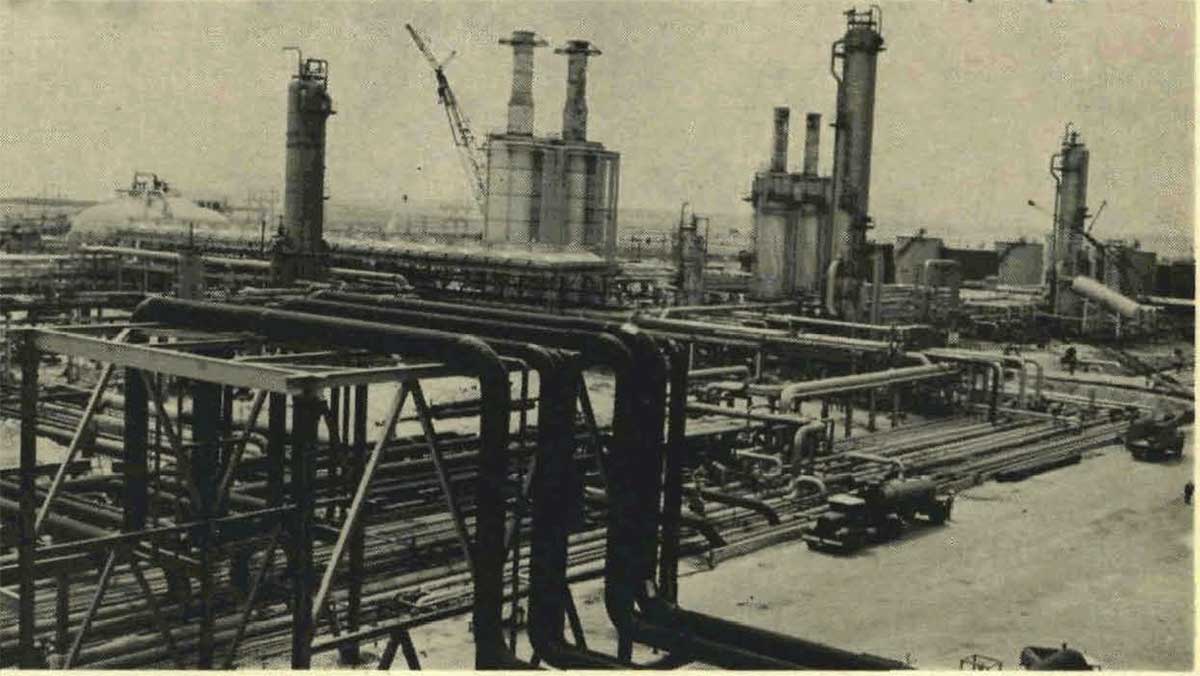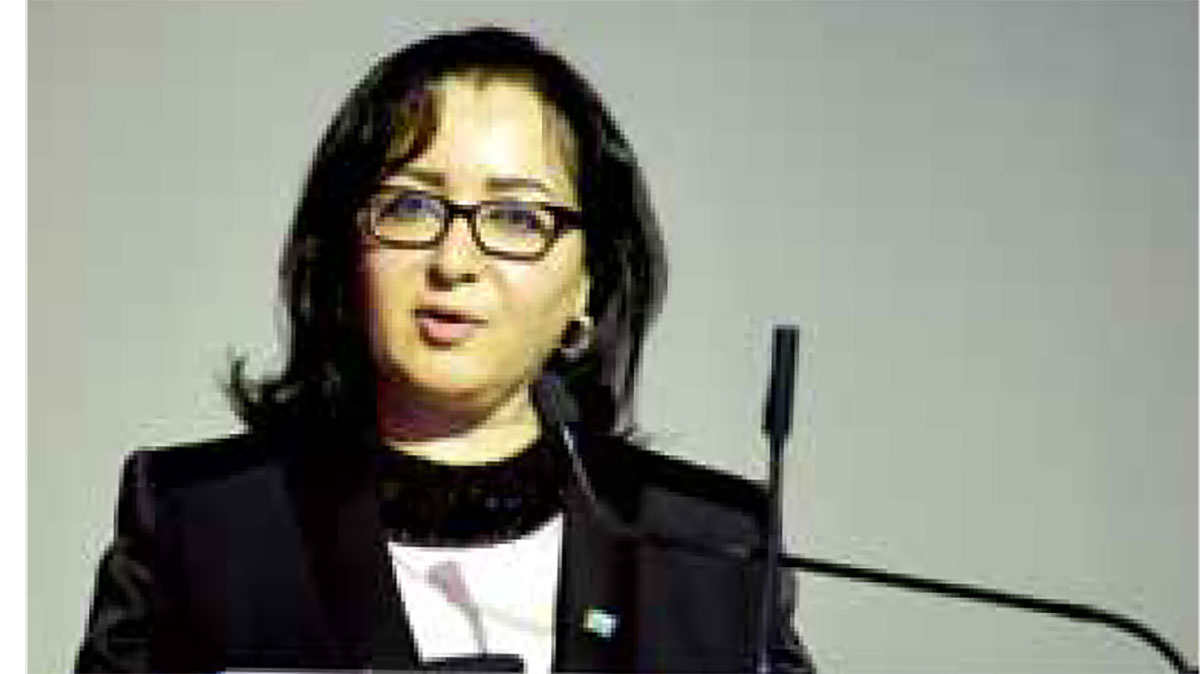Memory Lane
Memory Lane: First offshore oil, a million emails, promoting diversity, and more

Global May 09, 2022
In 1957, as the company began production from Safaniyah, the company had its first shipment of crude oil produced from the offshore field.
Here’s a brief look at some of the top headlines over the past 65 years.

FIRST OFFSHORE CRUDE OIL LEAVES SAUDI ARABIA
The first shipment of crude oil produced from the Safaniyah offshore field was loaded, Sunday, May 5, on the Japanese tanker M.S. Nissyo Maru during colorful ceremonies attended by Saudi dignitaries and company executives on the North Pier in Ras Tanura.
Flying the flag of the Idemitsu Kosan Company, Limited, of Yokohama, the Nissyo Maru sailed for Japan at 1 a.m., Monday, May 6, loaded with 126,000 barrels. It was its third trip to Ras Tanura, the previous two for loading bunker fuel.
Production from Safaniyah began April 17 at the rate of 50,000 barrels per calendar day. Expansion to 175,000 barrels per calendar day is scheduled for mid-1958.

MAKING IT SWEETER
A new crude oil stabilization plant, now under construction, will enable Ras Tanura facilities to stabilize, or "sweeten," 600,000 barrels of sour Berri crude per day, a figure that represents a doubling of present capacity. Sour crude contains a large amount of very corrosive and lethal hydrogen sulfide gas. Removal of the H2S, accomplished by a series of heating operations, increases the value of the crude, making it both safer and easier to store and transport, and reduces corrosive damage to all oil handling equipment.
The H2S, along with other gases removed during the heating operation, will be collected and sent to a new LPG plant, also under construction, for further processing into usable products.
PR SELECTS 101 ART CONTEST WINNERS
More than 3,000 children — 3,133 to be exact — entered this year's Public Relations Annual Art Contest, making it so difficult to choose just 100 winners that the judging committee selected 101 winners instead.
The panel of judges chose 19 children from the Eastern Province, 39 from Central province, 21 from the Western Province, and 22 from the Northern Province in the three age categories: 6-and under, 7 to 10, and 11 to 14. A total of 699 entries came from the Eastern Province, 1,233 from the Central Province, 647 from the Western Province, and 554 from the Northern Province.
Designed to encourage young artistic talent in Saudi Arabia, the success of the annual competition is largely made possible through the cooperation of the Kingdom's teachers and officials. Children throughout Saudi Arabia are invited to participate in the Ninth Annual Art contest, details of which will be announced at the start of the academic year.
1 MILLION E-MAILS EACH DAY
The numbers that illustrated Ali A. Al-Ajmi's speech at the 31st Conference of the International Federation of Training and Human Resources Development were enough to make the Saudi Aramco employees in attendance proud.
Citing facts and figures, he started with the year 1982, when the Training Department acquired its first personal computer, and took his audience up to the present, when the Training and Career Development Organization boasts 2,700 computer stations and the company has 40,000 terminals. Employees maintain close to 46,000 e-mail accounts through which they exchange 1 million electronic messages every day.
Al-Ajmi said the company's Intranet opens up on 400 sites and that employees have links to millions of people and information sources around the world, which is beyond the wildest dreams of 20 years ago.

FORUM SHOWS COMMITMENT TO GENDER DIVERSITY
Saudi Aramco's ongoing commitment to gender diversity was reinforced last week as the company hosted the "Women in the Workforce Forum 2017."
The event, held under the theme "Creating Opportunity for Economic Prosperity," brought together more than 300 attendees for a daylong discussion about the empowerment of women in the workforce in Saudi Arabia, as well as internationally.
President and CEO Amin Nasser opened the forum with a keynote address that emphasized the need to "bridge the gaps" for the empowerment of women in all sectors of the economy, including the oil and gas industry.
Imagine what we can all achieve, together, if we empower this incredible workforce. Nothing would make me prouder than seeing women take their rightful place as company decision and leaders.
— Amin Nasser
Huda M. Al-Ghoson, Saudi Aramco's executive director of Human Resources, echoed Nasser's message in her address to attendees.
"Female talent is an untapped reservoir of human potential that represents an opportunity cost for companies and entire economies when they are not employed effectively," said Al-Ghoson. "Bridging the gender gap is nothing short of a business imperative. Businesses that embrace a diversity of talent are simply more successful.



